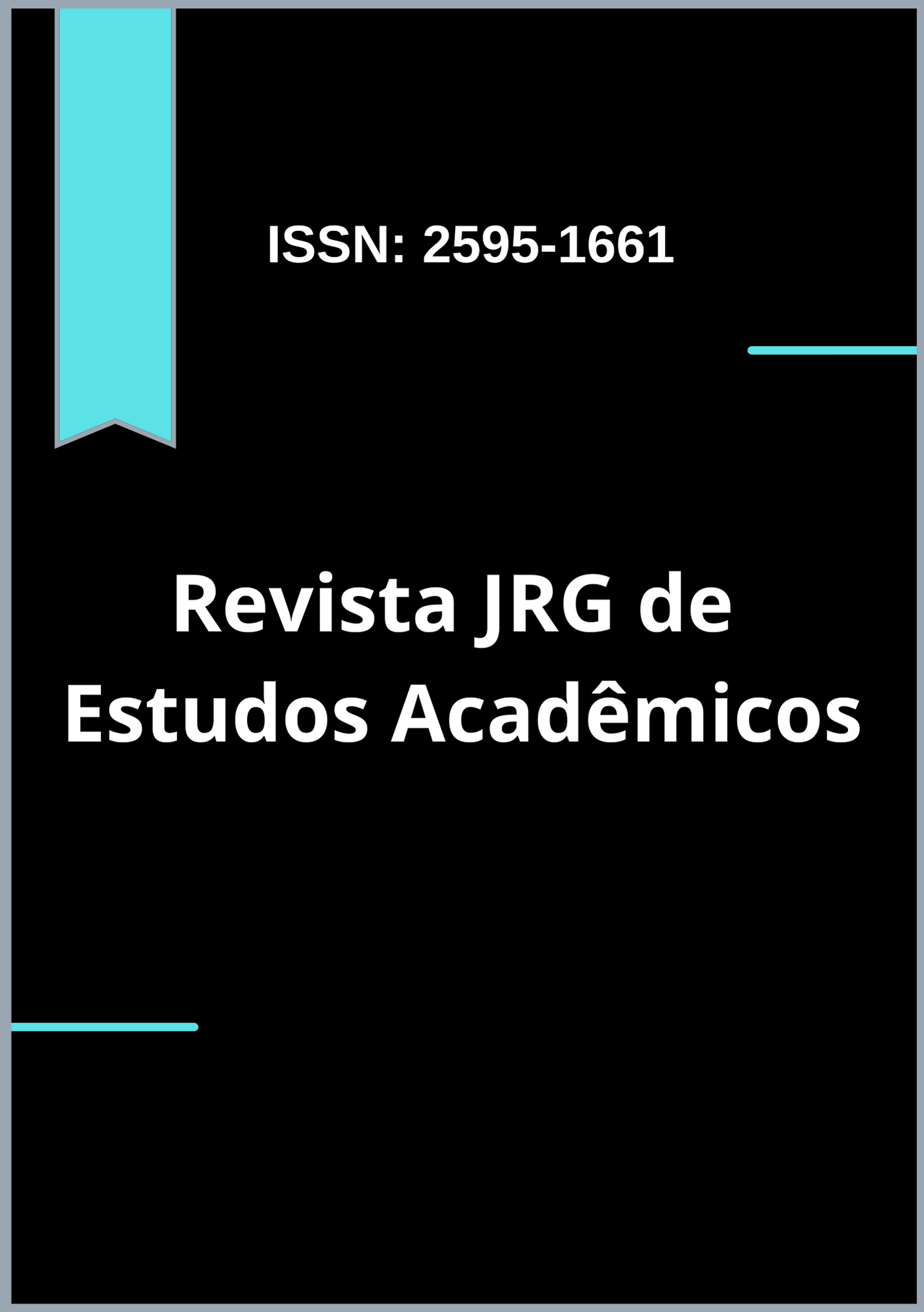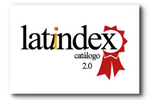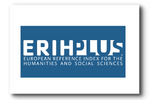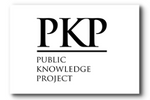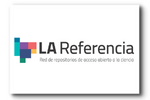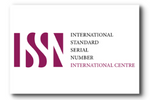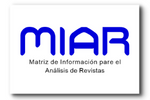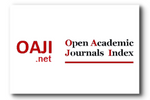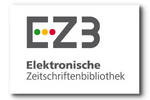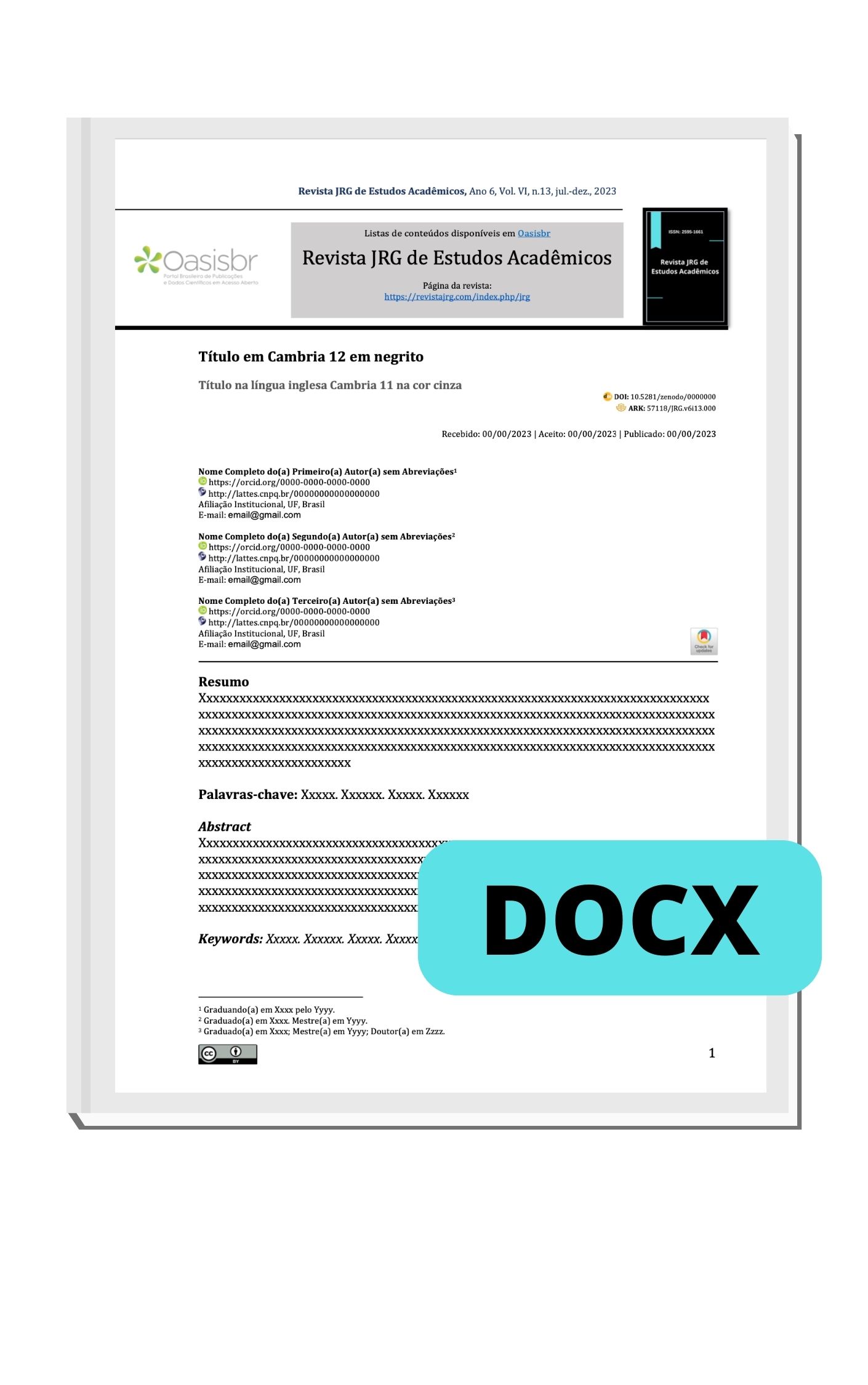Level of knowledge ofpediatric medical residents and children's health multiprofessionals about oxygen therapy
DOI:
https://doi.org/10.55892/jrg.v8i18.1862Keywords:
Pediatrics; Oxygen Inhalation Therapy; Multidisciplinary; Child; Oxygen Saturation.Abstract
Oxygen therapy consists of oxygen (O2) supplementation, with the aim of ensuring tissue oxygenation by raising alveolar and blood O2 levels. Studies show a lack of protocols regarding the use of O2, due to the fact that this therapy is still initiated, modified or interrupted without communication between the team. The aim of this study was to identify the level of knowledge of pediatric medical residents and child health multi-professionals at a reference maternal and child hospital about the use and devices used in oxygen therapy for children. This is a cross-sectional quantitative and qualitative, descriptive and observational study, with an intentional sample, carried out with pediatric residents from a maternal and child reference hospital, by filling out an online questionnaire. The study revealed that the majority of residents are young, female. It can be seen that the majority of participants got the questions right, and that there was a gradual increase in the number of correct answers according to the year of residency, indicating that the residents' clinical experience is accompanied by updates to the literature. It was therefore concluded that the residents have a good level of knowledge in relation to oxygen therapy. There was also great difficulty in getting participants to take part in studies using online questionnaires, since only 47.6% of residents from the two programs took part in the survey.
Downloads
References
ADEOTI, A. O. et al. Misconception on oxygen administration among patients and their caregivers in Ado Ekiti, Nigeria. Annals of African Medicine, v. 21, n. 3, p. 269-273, 2022.
ALMEIDA, G. C. et al. Constrictive bronchiolitis secondary to exposure to flavoring agents: a little known occupational hazard. Jornal Brasileiro de Pneumologia, v. 49, p. e20220328, 2023.
ARAÚJO, M. L.; PEREIRA, L. S.; DE SÁ, A. M. PERFIL DE RESIDENTES UNI E MULTIPROFISSIONAIS DA SES-GO. Revista Multidisciplinar em Saúde, v. 2, n. 4, p. 184-184, 2021.
ASSUNÇÃO, Raíssa Guará; PEREIRA, Wellison Amorim; ABREU, Afonso Gomes. Pneumonia bacteriana: aspectos epidemiológicos, fisiopatologia e avanços no diagnóstico. Rev Inv Biomédica, v. 10, n. 1, p. 83-91, 2018.
BARNETT, Adrian et al. Thoracic Society of Australia and New Zealand position statement on acute oxygen use in adults:‘swimming between the flags’. Respirology, v. 27, n. 4, p. 262-276, 2022.
BARRETO, P. H. et al. Análise do conhecimento dos profissionais de saúde sobre o uso de oxigenoterapia em um hospital universitário de Fortaleza-CE. Rev Med UFC, v. 57, n. 3, p. 18-23, 2017.
BARSON, W. J. Pneumonia in children: Inpatient treatment. Wolters Kluwer UpToDate, 2017.
BOYLE, A. J. et al. Hyperoxaemia and hypoxaemia are associated with harm in patients with ARDS. BMC Pulmonary Medicine, v. 21, p. 1-12, 2021.
BRASIL. Ministério da Saúde. Secretaria de Atenção à Saúde. Departamento de Ações Programáticas Estratégicas. Atenção à saúde do recém-nascido: guia para os profissionais de saúde. Ministério da Saúde, Brasília, p.159, 2011.
BROKALAKI, H. et al. Omissions and errors during oxygen therapy of hospitalized patients in a large city of Greece. Intensive and Critical Care Nursing, v. 20, n. 6, p. 352-357, 2004.
BRUNHEROTTI, M. A. A.; MARTINEZ, F. E. Influence of body position on the displacement of nasal prongs in preterm newborns receiving continuous positive airway pressure. Revista Paulista de Pediatria (English Edition), v. 33, n. 3, p. 280-285, 2015.
CAIRO, J. M. Administering medical gases: regulators, flowmeters, and controlling devices. Mosby ́s respiratory care equipment. 9th ed. Missouri: Elsevier. p. 37-47, 2014.
CASTANHEIRA, N. P.; VALÉRIO, M. C.; DE SOUZA WEIGERT, F. C. Gerenciamento do consumo do oxigênio durante a inaloterapia: oportunidade para redução de custos através da capacitação dos profissionais. Revista Saúde e Desenvolvimento, v. 5, n. 3, p. 8-30, 2014.
CHAVES, Jéssica et al. Auditoria aos Procedimentos de Oxigenoterapia num Serviço de Medicina Interna. Medicina Interna, v. 26, n. 4, p. 292-296, 2019.
CHU, Derek K. et al. Mortality and morbidity in acutely ill adults treated with liberal versus conservative oxygen therapy (IOTA): a systematic review and meta-analysis. The Lancet, v. 391, n. 10131, p. 1693-1705, 2018.
CICARELLI, Karina; VIEIRA, Camila Mugnai. Processo Ensino-Aprendizagem nas Preceptorias em Saúde: Percepção e Adaptação de Residentes Multiprofissionais. Trabalho & Educação, v. 30, n. 2, p. 121-139, 2021.
CONSERVA, Daniel Augusto Gonçalves; PEREIRA, Dayana Priscila Mendes. HIPEROXEMIA, COMODISMO OU DESCUIDO: UMA REVISÃO DE LITERATURA. Revista Multidisciplinar do Sertão, v. 6, n. S1, p. S9-S9, 2024.
COUSINS, J. L. et al. Understanding clinicians’ perceived barriers and facilitators to optimal use of acute oxygen therapy in adults. International Journal of Chronic Obstructive Pulmonary Disease, p. 2275-2287, 2020.
COUSINS, J. L.; WARK, Peter AB; MCDONALD, Vanessa M. Acute oxygen therapy: a review of prescribing and delivery practices. International Journal of Chronic Obstructive Pulmonary Disease, p. 1067-1075, 2016.
DAVIDSON, J. et al. Precision and accuracy of oxygen flow meters used at hospital settings. Respiratory Care, v. 57, n. 7, p. 1071-1075, 2012.
DE LIZ, Amanda et al. A terminalidade da vida e os aspectos bioéticos. 2018.
DE MELO FILHO, A. L. A. et al. PNEUMONIA ADQUIRIDA NA COMUNIDADE (PAC) E COVID-19, UMA ANÁLISE COMPARATIVA ENTRE OS ASPECTOS CLÍNICOS E FISIOPATOLÓGICOS; E PRESENÇA DE COINFECÇÃO BACTERIANA NA COVID-19: REVISÃO NARRATIVA. Brasília Med, v. 59, p. 1-8, 2022.
DEMILEW, B. C. et al. Knowledge, attitude, and practice of health professionals for oxygen therapy working in South Gondar zone hospitals, 2021: multicenter cross-sectional study. BMC health services research, v. 22, n. 1, p. 600, 2022.
DESALU, O. O. et al. Development and validation of a questionnaire to assess the doctors and nurses knowledge of acute oxygen therapy. PloS one, v. 14, n. 2, p. e0211198, 2019.
DESALU, O. O. et al. Doctors’ and nurses’ knowledge and perceived barriers regarding acute oxygen therapy in a tertiary care hospital in Nigeria. Advances in Medical Education and Practice, v. 13, p. 1535, 2022.
DO NASCIMENTO, J. S. et al. Adesão a um protocolo de uso racional de oxigênio e combate à Hiperoxia em um hospital de referência na Amazônia legal. Brazilian Journal of Development, v. 9, n. 4, p. 12864-12873, 2023.
DUIJTS, L. et al. European Respiratory Society guideline on long-term management of children with bronchopulmonary dysplasia. European respiratory journal, v. 55, n. 1, 2020.
ECCO, E. C.; PESENTE, T. S.; TAPIA, D. F. Implementação de um protocolo de oxigenoterapia: Deterioração do uso durante a rotina hospitalar. Research, Society and Development, v. 13, n. 12, p. e171131247555-e171131247555, 2024.
FILHO, W. A. V. et al. ANÁLISE DOS INDICADORES DE OXIGENOTERAPIA PARA O CONTROLE DA HIPEROXEMIA EM PACIENTES CRÍTICOS DE UM HOSPITAL PÚBLICO DE REFERÊNCIA NA AMAZÔNIA. Revista CPAQV–Centro de Pesquisas Avançadas em Qualidade de Vida| Vol, v. 13, n. 1, p. 2, 2021.
GELISSEN, H. et al. Effect of low-normal vs high-normal oxygenation targets on organ dysfunction in critically ill patients: a randomized clinical trial. Jama, v. 326, n. 10, p. 940-948, 2021.
GHAFFARI, Javad. Acute asthma exacerbations in children: Emergency department management. 2016.
GINA. Global Initiative for Asthma (GINA). Global Strategy for Asthma Management and Prevention. GINA 2023.
GIUBERGIA, V. Guías para el manejo de la oxigenoterapia domiciliaria en pediatría. Parte 1: Generalidades, indicaciones y monitoreo. Arch Argent Pediatr, v. 111, n. 5, p. 448-454, 2013.
GOMES, É. L. F. D. Avaliação do uso dos dispositivos de oxigenoterapia na enfermaria pediátrica. Fisioterapia Brasil, v. 13, n. 5, p. 348-352, 2012.
GOTTLIEB, J. et al. German S3 guideline: oxygen therapy in the acute care of adult patients. Respiration, v. 101, n. 2, p. 214-252, 2022.
GRANDE, R. A. A. et al. Ventilação não invasiva em pacientes em uma Unidade de Terapia Intensiva Pediátrica: fatores associados à falha. Jornal Brasileiro de Pneumologia, v. 46, p. e20180053, 2020.
HARRIS, M. et al. British Thoracic Society guidelines for the management of community acquired pneumonia in children: update 2011. Thorax, v. 66, n. Suppl 2, p. ii1-ii23, 2011.
HIGANO, N. S. et al. Bronchopulmonary dysplasia from chest radiographs to magnetic resonance imaging and computed tomography: adding value. Pediatric Radiology, v. 52, n. 4, p. 643-660, 2022.
HOLANDA, M. A. et al. Ventilação não-invasiva com pressão positiva em pacientes com insuficiência respiratória aguda: fatores associados à falha ou ao sucesso. Jornal de Pneumologia, v. 27, p. 301-309, 2001.
HUBER, J. et al. Cardiopatias congênitas em um serviço de referência: evolução clínica e doenças associadas. Arquivos brasileiros de cardiologia, v. 94, p. 333-338, 2010.
JAVAID, Assim; MORRIS, Ian. Bronchopulmonary dysplasia. Paediatrics and Child Health, v. 28, n. 1, p. 22-27, 2018.
JATENE, M. B. Tratamento cirúrgico das cardiopatias congênitas acianogênicas e cianogênicas. Rev Soc Cardiol Estado de São Paulo, v. 12, n. 5, p. 763-75, 2002.
KAVANAGH, P.; FEDOROWICZ Z. Community-acquired pneumonia in children. Dynamed 2018.
MACINTYRE, N. R. Supporting oxygenation in acute respiratory failure. Respiratory Care, v. 58, n. 1, p. 142-150, 2013.
MEISSNER, H. Cody. Viral bronchiolitis in children. New England Journal of Medicine, v. 374, n.1, p. 62-72, 2016.
MORRIS, J. V. et al. Outcomes for children receiving noninvasive ventilation as the first-line mode of mechanical ventilation at intensive care admission: a propensity score-matched cohort study. Critical care medicine, v. 45, n. 6, p. 1045-1053, 2017.
NI, Y. N. et al. The effect of hyperoxia on mortality in critically ill patients: a systematic review and meta analysis. BMC pulmonary medicine, v. 19, p. 1-11, 2019.
ru
NUNES, P. et al. Ventilação não invasiva numa unidade de cuidados intensivos pediátricos. 2010.
O'BRIEN, S. et al. Australasian bronchiolitis guideline. Journal of paediatrics and child health, v. 55, n. 1, p. 42-53, 2019.
O'DRISCOLL, B. R. et al. A study of attitudes, beliefs and organisational barriers related to safe emergency oxygen therapy for patients with COPD (chronic obstructive pulmonary disease) in clinical practice and research. BMJ open respiratory research, v. 3, n. 1, p. e000102, 2016.
PALA C. S. et al. The impact of hyperoxia on outcome of patients treated with noninvasive respiratory support.Canadian Respiratory Journal, v. 2020, n. 1, p. 3953280, 2020.
PEDRA, C. A. C.; ARRIETA, S. R. Estabilização e manejo clínico inicial das cardiopatias congênitas cianogênicas no neonato. Rev Soc Cardiol Estado de São Paulo, v. 5, p. 734-5, 2002.
PEREIRA, E. Q. et al. Temporal-spatial analysis of hospitalizations for bronchiolitis in Brazil: prediction of epidemic regions and periods for immunization against the Respiratory Syncytial Virus. Revista Paulista de Pediatria, v. 41, p. e2021304, 2023.
PÍREZ, C. et al. Oxigenoterapia. Archivos de Pediatría del Uruguay, v. 91, p. 26-28, 2020.
PIVA, J. P. et al. Ventilação Mecânica na Bronquiolite Viral Aguda–Qual seria o consenso?.
PLUS, DynaMed. Ipswich (MA): EBSCO Information Services. 1995. Record No. 114913, Pharyngitis approach to the patient [em linha]. 2018.
POSADA DÍAZ, A.; PARRA CARDEÑO, W. Guía de práctica clínica: oxigenoterapia [Internet]. Medellin: Asociación Colombiana de Neumología Pediátrica; 2010.
RALSTON, S. L. et al. Clinical practice guideline: the diagnosis, management, and prevention of bronchiolitis. Pediatrics, v. 134, n. 5, p. e1474-e1502, 2014.
RAMOS, Adonias Ferreira et al. Insuficiência Respiratória Aguda. 2023.
SANTOS, B. L. et al. Avaliação da oxigenoterapia em pacientes adultos em um hospital de ensino de Sergipe. Revista Brasileira de Farmácia Hospitalar e Serviços de Saúde, v. 13, n. 2, p. 799-799, 2022.
SILVA, D. C. B.; FORONDA, F. A. K.; TROSTER, E. J. Ventilação não invasiva em pediatria. Jornal de Pediatria, v. 79, p. S161-S168, 2003.
SOCIEDADE BRASILEIRA DE PEDIATRIA. Departamento científico de Terapia Intensiva. Insuficiência respiratória aguda, n. 2, 2017.
STIVANIN, J. B. VENTILAÇÃO MECÂNICA NÃO INVASIVA (VNI) EM PEDIATRIA: UMA REVISÃO TEÓRICA. Revista Sociedade Científica, v. 6, n. 1 2023.
THOMAS P., et al. Physiotherapy management for COVID-19 in the acute hospital setting: clinical practice recommendations. J Physiother. 2020
YU, Y. et al. Is oxygen therapy beneficial for normoxemic patients with acute heart failure? A propensity score matched study. Military Medical Research, v. 8, p. 1-11, 2021.
ZIELIŃSKA, M.; ZIELIŃSKI, S.; SNIATKOWSKA-BARTKOWSKA, A. Mechanical ventilation in children: problems and issues. Adv Clin Exp Med, v. 23, n. 5, p. 843-848, 2014.
